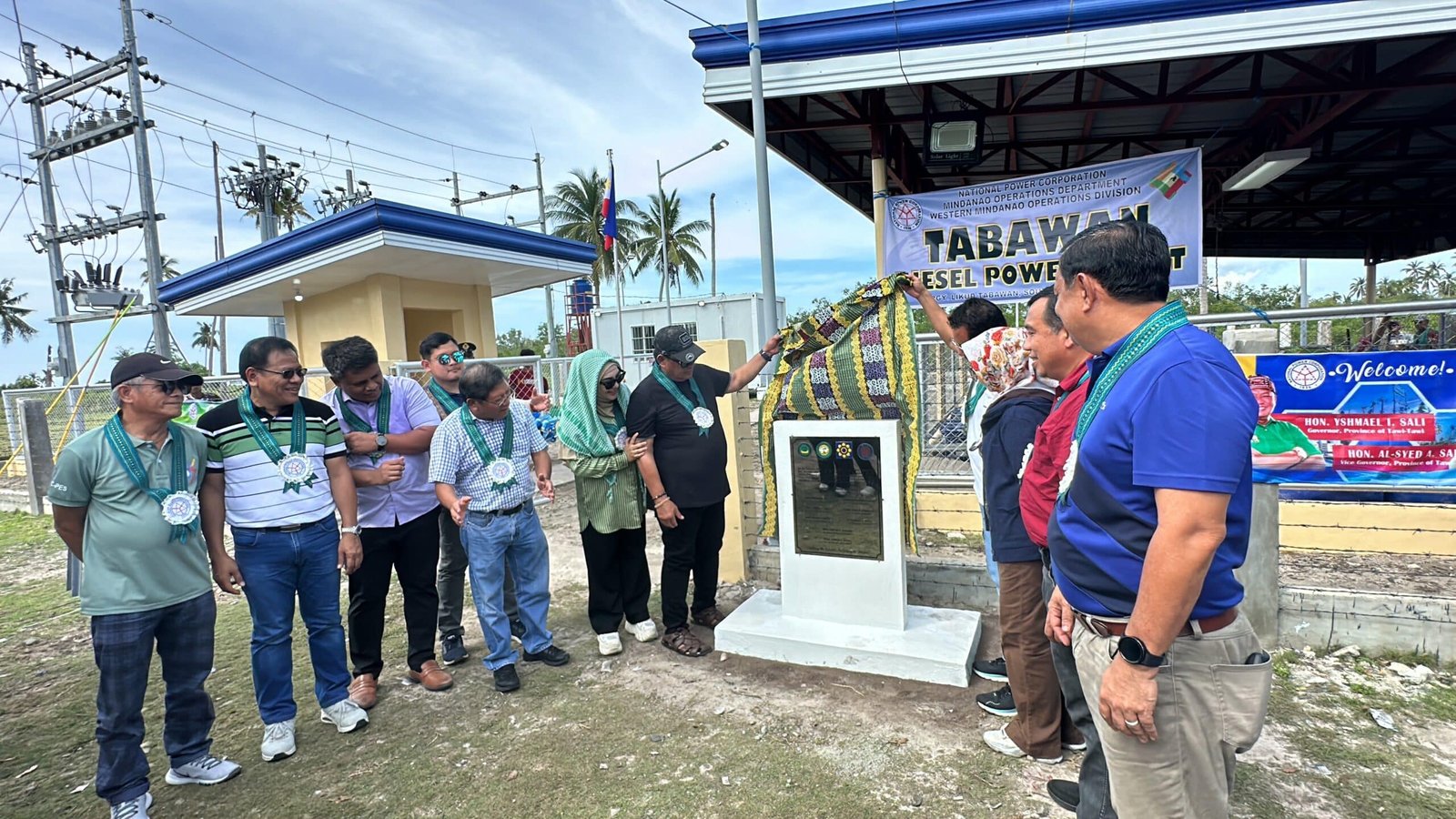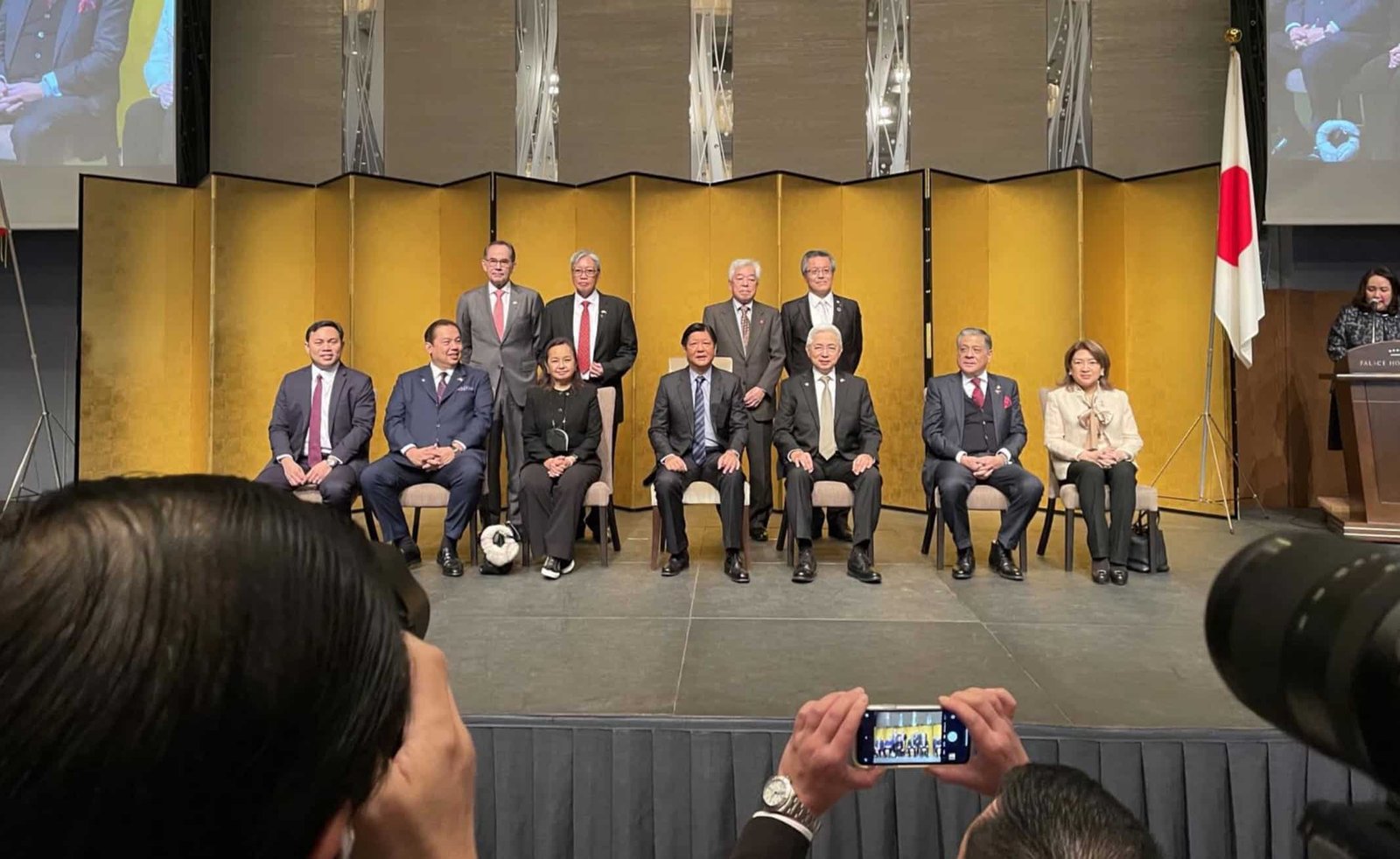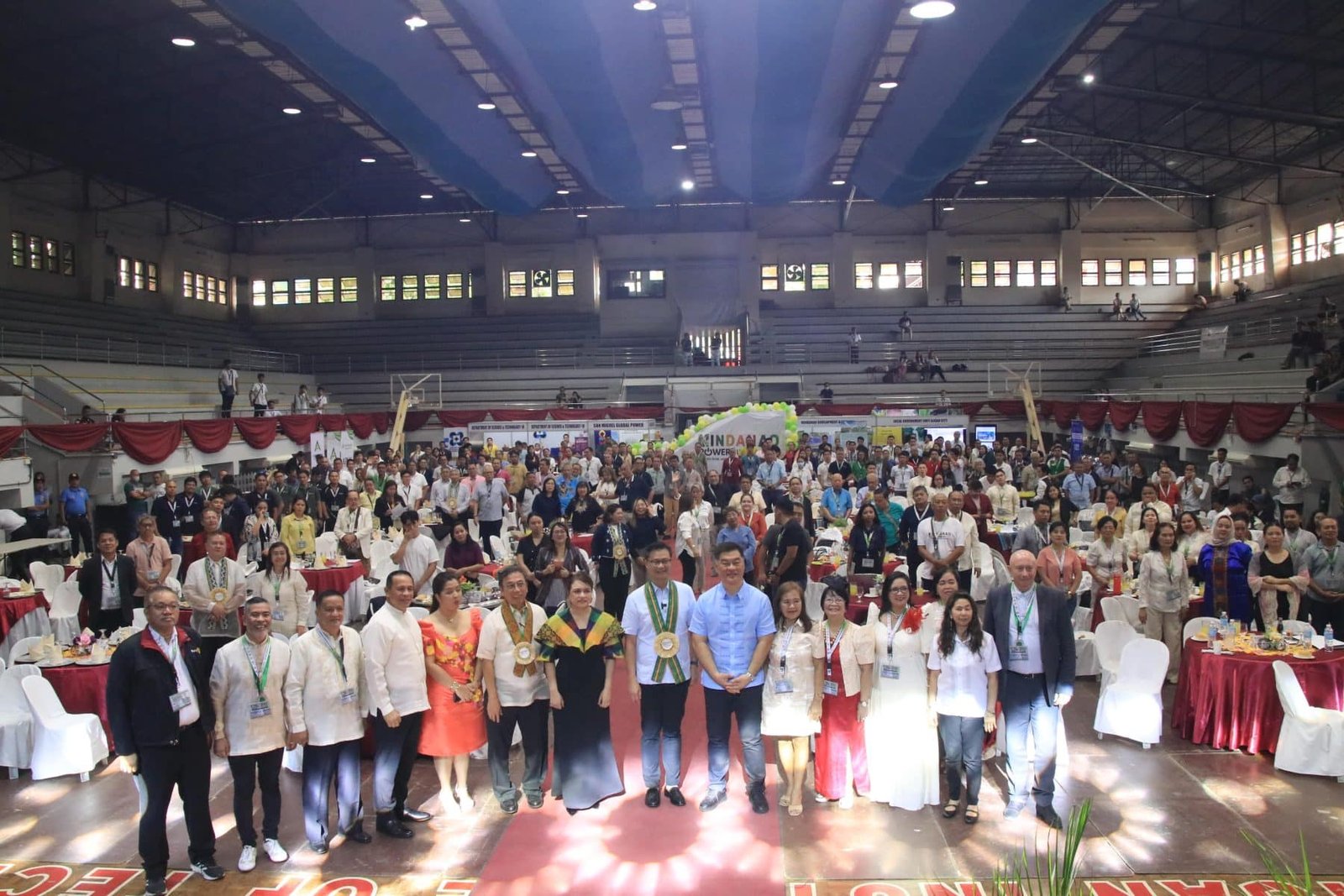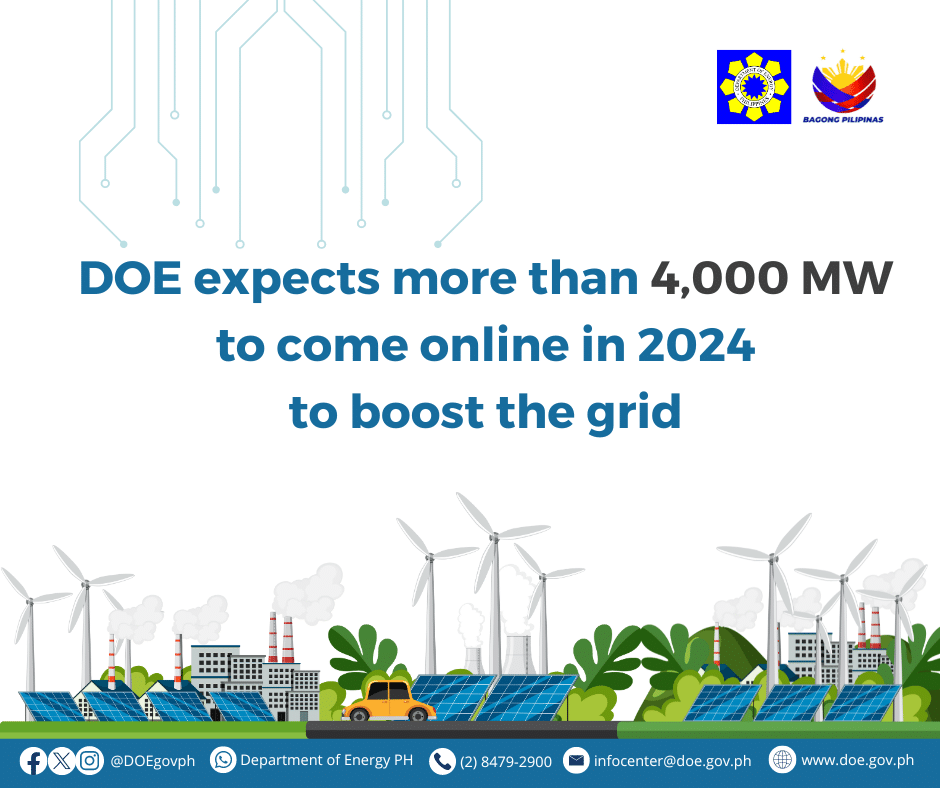
The country is now on La Niña watch as the Philippine Atmospheric, Geophysical, and Astronomical Services Administration (PAGASA) declared that there is a 50% chance of La Niña developing in the months of September, October, and November (SON season).
La Niña is characterized by increased rainfall due to lower-than-normal temperatures in the Pacific.
According to Energy Secretary Raphael Lotilla, heavy rains, such as those brought by Typhoon Aghon, can interrupt power lines leading to outages. With power interruptions imminent, the DOE is preparing “for the worst.”
The reserve market is set to bring relief
The Energy Chief is looking forward to the resumption of the reserve market.
“The reserve market will allow the diesel and bunker fuel power plants to run and get the compensation that they need in order to run. So that will help us (with) possible interruptions due to La Niña,” Lotilla said.
Success of the Interruptible Load Program
He also encouraged members of the Philippine Chamber of Commerce and Industry to participate in the Interruptible Load Program (ILP) of the government to alleviate the pressure on the power supply. The ILP is a voluntary program where large-load power consumers switch to using their own generators when the national power supply is low. Lotilla noted that the ILP program was able to successfully mitigate shortages during the El Niño period.
New load capacity anticipated
The DOE is also looking forward to an increase in the country’s baseload capacity.
“We are expecting at the end of this year around 2,000 megawatts of base load power and another 2,000 MW of renewable power will help us address future demand,” Lotilla said.
As the country faces extreme weather conditions, energy security remains a top priority. The Department of Energy’s comprehensive strategy to mitigate the effects of the expected La Niña include measures such as the reserve market, the interruptible load program, and added capacities.
While the threat of power interruptions due to La Niña looms, continued innovation and collaborative efforts from the government, the private sector, and citizens are needed to ensure that all Filipinos enjoy stable and sustainable energy, regardless of weather conditions.
References:
DOE prepares La Niña contingencies to avoid possible power outages – Manila Standard






















